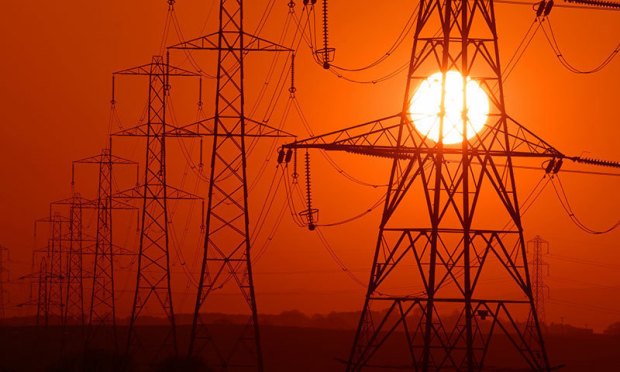By Shihar Aneez
COLOMBO – Sri Lanka’s Energy Minister Kanchana Wijesekera justified last week’s 18% hike on electricity tariff citing it would have been a small increase if not for a more than requested tariff cut by the regulator.
He also warned of a long drought in 2024 which means inevitable tariff hikes.
The minister’s statement comes as people have started to grumble over the latest tariff hike. The government increased the tariff 66% in February this year but reduced it by 14% in July. The state-owned Ceylon Electricity Board (CEB) raised the tariff by over 50% in August last year.
“In line with the IMF conditions, the CEB cannot depend on treasury finance unlike in the past. So, the CEB cannot incur a loss,” Wijesekera told reporters in Colombo on Monday (23).
Sri Lankan government has committed to a cost-reflective price policy on electricity and fuel to the International Monetary Fund (IMF), in return for a $3 billion loan program.
The global lender concluded a staff level agreement last week in a move to disburse further $330 million as the second tranche of the program.
The minister said the country need more funding to have more power generation plants to reduce the tariff in the future and multilateral lending agencies like the World Bank, Asian Development Bank (ADB), Asian Infrastructure Investment Bank (AIIB), Japan International Cooperation Agency (JICA), and USAID are waiting to help the country.
“For anybody to invest here, we need to have a cost-reflective pricing policy. Sri Lanka will be able to access these funding only when we go along with the IMF policies,” Wijesekera said.
He said the CEB had requested for a 3% tariff cut in July, but the regulator Public Utilities Commission of Sri Lanka (PUCSL) has granted a 14% downward revision in tariff.
The latest tariff hike triggered some residents in Sri Lanka’s Western coastal town of Panadura to stage a night time protest on Sunday (22) against the move.
“Reduce the IMF-led electricity prices immediately” was their demand.
Analysts say the protests could spread across the country if the government fails to provide some cushions to the lower income people.
“Through the price hike, we try to give an 18 billion estimated loss for this year to the lower income group. Otherwise, this money has to be borne by taxpayers’ money,” Wijesekera said.
As of end September, the CEB’s operating loss has amounted to 29.05 billion rupees and the utility provider must collect it from the consumers as the Treasury would not be able to infuse any money to CEB according to the IMF conditions.
Despite heavy rains, lack of rain in catchment areas has led to a 20% reduction in the water capacity for power generation as of October 22 this year compared to the same day last year, he said.
“Data shows there could be drought in March, April, and May and it could go up to October,” he said.
“Also, last year’s price revision was done only after 8 years. How can the electricity prices be kept without any increase while the prices of all other goods have risen?”
“People feel this because the price increase was not done gradually throughout and the 14% cut in July,” he added.
-economynext.com



Comments are closed, but trackbacks and pingbacks are open.